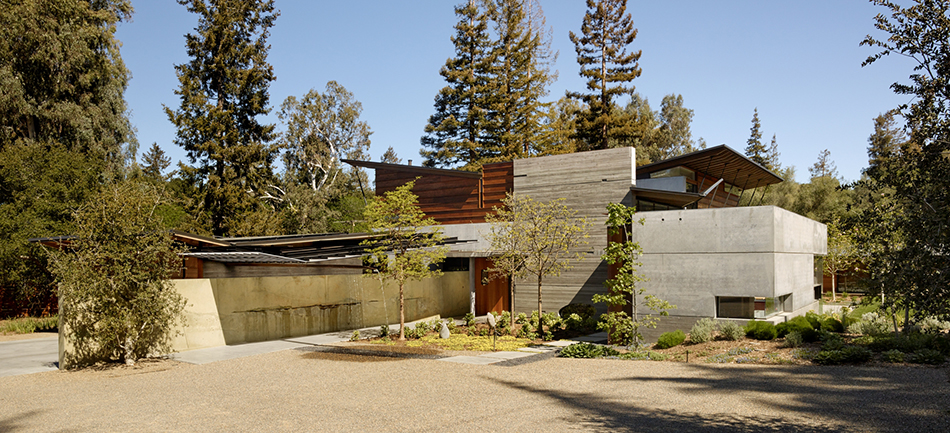![]()
The Arts & Crafts movement in California made its impact on American architecture by adopting elements of eastern architecture to meet western needs. The architectural firm Greene and Greene, founded by the brother Charles and Henry Greene in 1894, pioneered the American Craftsman Bungalow movement which became popular across the U.S. in the 1930s. They were deeply inspired by the Japanese Ho-o-Den exhibit at the Chicago World’s Fair in 1893. The brothers incorporated the Arts & Crafts movement’s philosophy of using materials derived from and indicative of natural materials, while at the same time, they perfected the one-story, gabled roof designs of the bungalow to revolutionize western homes. The American Craftsman Bungalow was an evolution of the one-story huts with thatched roofs found in India. Bungalow homes in America featured porches, sometimes continued along the sides of the house, and verandas along with visible chimneys, prominent fireplaces, and exposed beamed ceilings. This house design became the blueprint for countless residential neighborhoods and synonymous with spacious charm and homey comfort.
